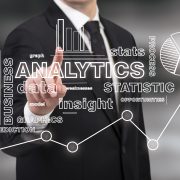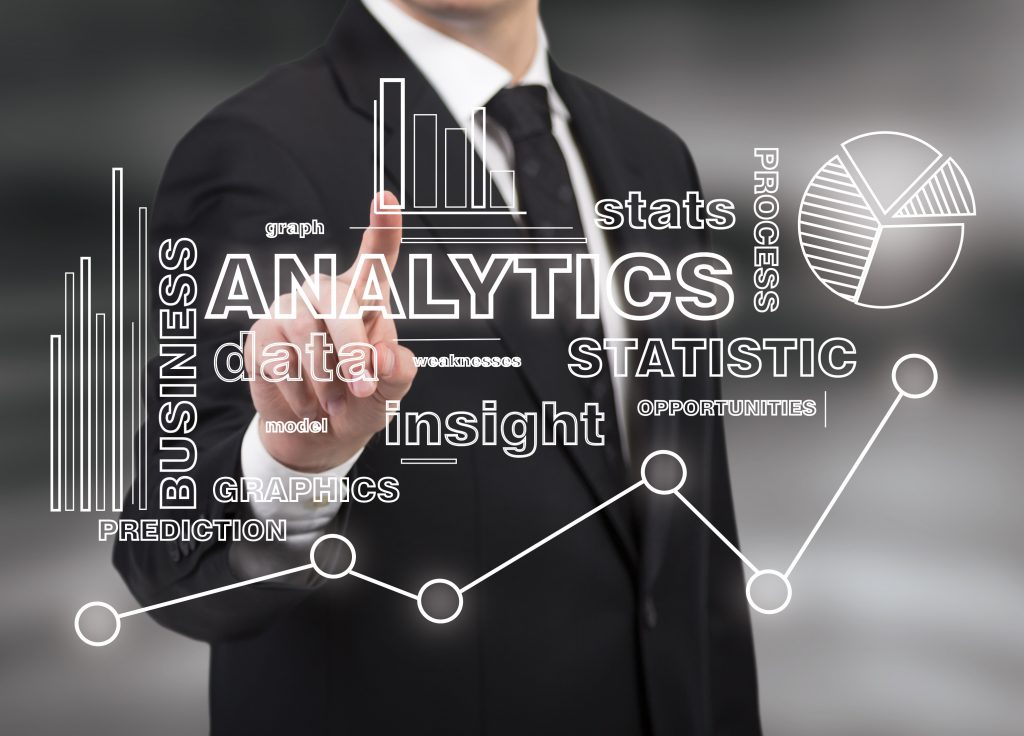
Retailers with improper product promotions, combinations of the wrong offers, or easy money wastage miss the opportunity to motivate customers. To maximize profits in retail, businesses have to understand customer choices and preferences deeply along with the pattern of product sales. While selecting which products to offer, there is a big challenge retailers face in terms of balancing cost of inventory with the sales opportunities lost to lack of availability. To ensure marketing investment brings maximum returns, retailers have to design promotions according to shopper behavior and preference, while simultaneously building customer loyalty and value.

It has been found that predictive analytics has not just been successful for high-risk sectors like banking and insurance, it has made equally effective impacts on other sectors like retail. The retail sector, for instance, has been using SPSS predictive analytics to understand future challenges for different types of selling patterns. It has quickly translated selling patterns into a streamlined series of decisions that move up the supply chain ladder. This form of analytics perfectly fits into industry structures, so that likely outcomes can be predicted, smarter decisions can be made, and ultimately better results are achieved.
Almost every industry can receive benefits from SPSS predictive analytics as there is abundant data available to enhance decision making. Organizations are gathering inputs on customers’ purchasing habits and preferences, businesses’ inventories, problems in equipment and processes and so on. Although there are many ways SPSS can be leveraged for retail businesses, let us look at four of them:
1. Defend Mounting Threats and High Risks
Every business wishes to have a profit making, effective, and efficient operation. New threats mounting on business can hinder operational objectives. For a systematic, proactive way to overcome these hurdles and classify risks, SPSS helps in operating with high performance. Using the solutions of predictive analytics, companies the weaknesses and identify which risks are acceptable and which are not.
Using the available information, the probability and possibility of events are analyzed by SPSS, which prevents risks and threats. The software takes the help of real-time and historical data, and identifies the prime risk areas, brings appropriate regulations, and also monitors and refines the policy. SPSS predictive also possesses the ability to detect fine associations and patterns inside data and designs powerful models on predictive to locate problems. It can also monitor manifold data sources, sense suspicious behavior, and stop untoward activities from occurring.
2. Cost Saving
With SPSS predictive analytics, a big amount of cost savings is possible. Businesses can report suspicious transactions much better. This will save more than 80 percent of productivity, as there will be highly targeted transactions and analyses.
3. Better Customer Satisfaction
As the time taken to investigate risk and fraud gets shorter, problems can be avoided way before they occur. When businesses customize their activities according to customer trends, they directly have a positive impact on customers. Of course, it is not just fraud that predictive analytics identifies. With this, businesses can customize offerings and segment them according to customer requirements. This immediately improves attitude for working effectively with customers.
4. Prevent Costly Problems from Occurring
SPSS software is capable of accurately predicting what operating characteristics can lead to more failures. It can further identify what causes more downtime cost effectively. Downtime can directly and significantly impact the system’s lifecycle and ROI. If SPSS is used to predict expensive issues before they take place, businesses can optimize uptime of their production lines and decrease disruptive, unscheduled, and costly downtime.
SPSS predictive analytics solutions has this great ability to turn huge amounts of both, unstructured and structured data, into insights that are actionable and profitable. It allows businesses to predict events that may happen in future and act in coordination to prevent them.
